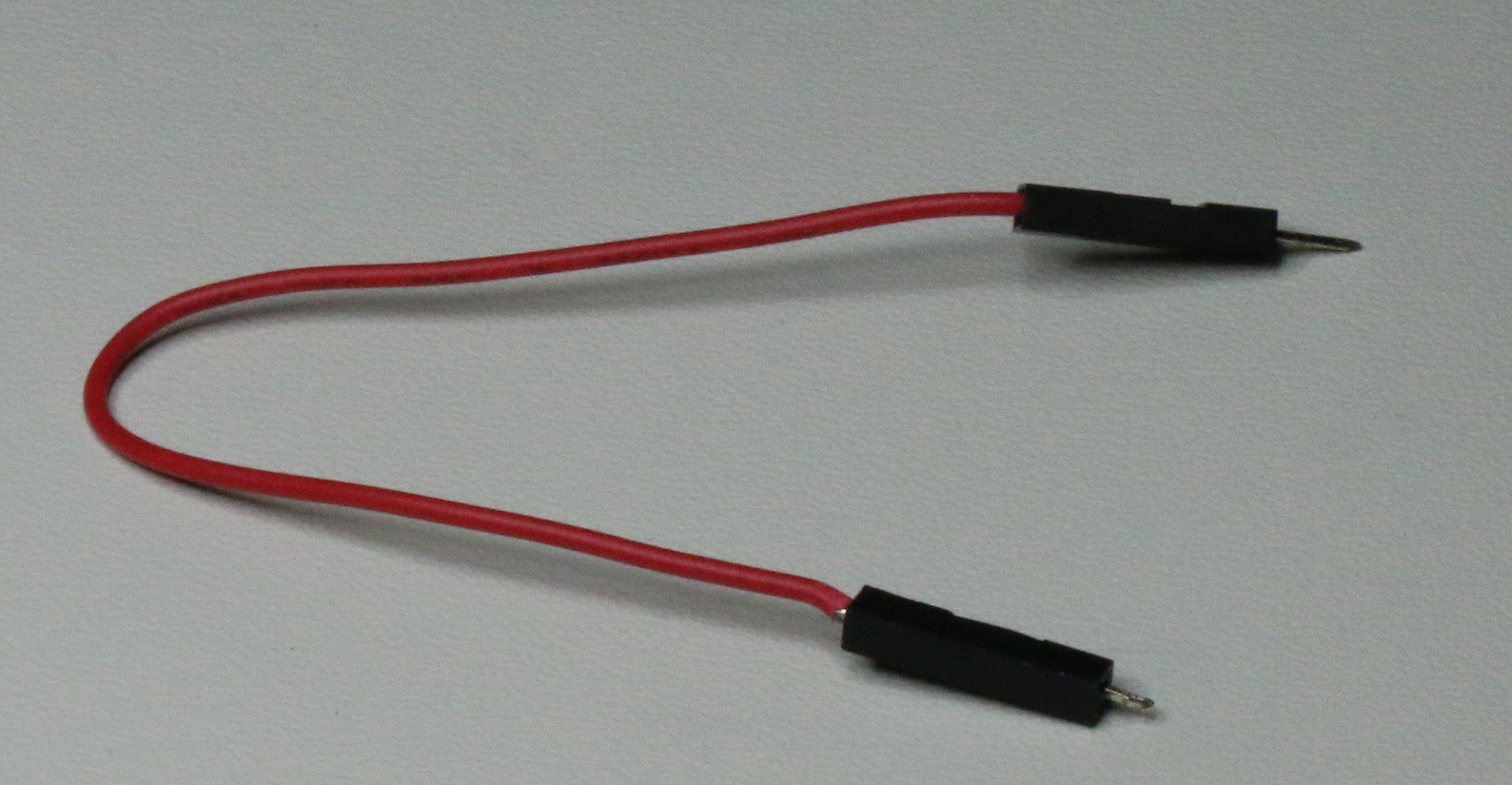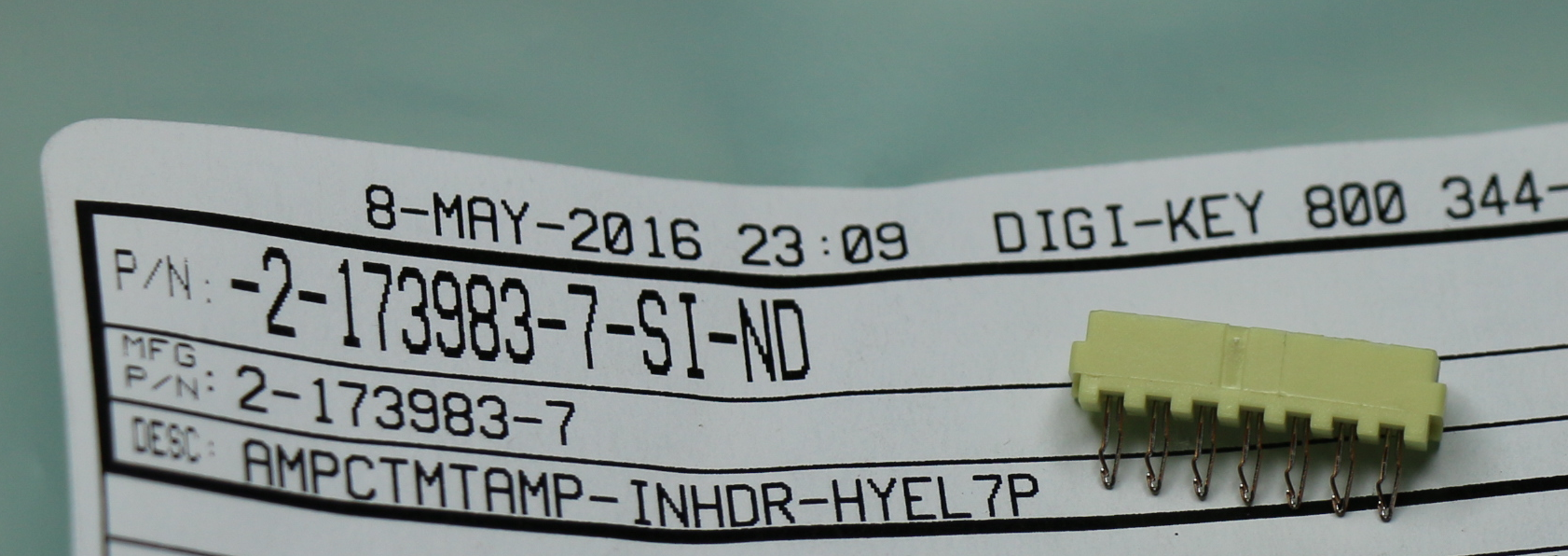-
Back to Hacking
08/18/2016 at 01:21 • 2 commentsAfter a summer "break" of staining a deck, hanging with the family, and submitting a change to GPS for a warning message, I am back with an update. I wanted to show how this can automates a process.
Several evaluation and prototyping boards including the Teensy do not include connectors. Adding connectors require soldering...until the Viaconnect. If you are not sure you want to commit something to solder, the ViaConnect can allow you to test.
Say you get a ding and dent item from Sparkfun that just has 0.1" connector vias. How do you test this without soldering a connector? The ViaConnect automates the process of testing to see if the board is working much faster than adding connectors via soldering.
-
On top of the World
06/04/2016 at 03:10 • 0 commentsI am pleased to say that this project made the HaD blog:
http://hackaday.com/2016/06/01/hackaday-prize-entry-you-know-for-kids/
What an honor! Both the write-up and comments were kind and helpful. I have some good questions to answer on my description, but for now, it is great to see that other people get the concept and find useful as I do.
Feeling on top of the world,
David
P.S. I am honored that Hackaday posted my project again: http://hackaday.com/2016/07/09/hacklet-115-more-quick-tool-hacks/. It is like bringing a ladder to Mt. Everest...on top of the top.
-
The Art of Finishing
05/30/2016 at 03:13 • 1 commentI am happy to say, that I met all my goals for this project. Not only that, but I finished the project before the deadline. What a rewarding experience for me. This is the first project that I set out to do with the mindset of making it open and documenting it. It was no surprise to me that the video and pictures took the largest part of the project's time. I hope that they are of benefit to many others. For me, it has been a great education.
It was aslo rewarding to carry an idea from concept to prototype. I get to see my products as work go through the steps, but I am often out of the loop of many of the steps. This project was defined and small enough that I was able to see each step through and learn along the way.
This project is complete. That said, I am still looking for someone to manufacture it. I would love to have this taken to the next level where the contact is even stronger and maybe sized for other vias (such as the some of missing connections on a Raspberry Pi Zero). Know any leads?
I look forward to the next project that I can share and learn. Until then, happy hacking!
-
End to End Solution
05/30/2016 at 02:38 • 0 commentsThe ViaConnect works for standard 0.1"/2.54mm header vias (about 35mils wide), but what about the other end? To name a few, It can be:
- 24-32 AWG to 32 AWG wire
- A standard Dupont header or socket
- RF connectors such as BNC and SMA with one ViaConnect being the ground
- Banana Jacks or JST connectors for power applications
Here is a picture showing a Dupont header in the back as an example:
![]()
-
If a Picture is Worth 1000 Words, What About a Video?
05/19/2016 at 02:46 • 0 commentsHere is a quick video showing the ViaConnect snaping into an Arduino Leonardo:
-
Of Current Frequency
05/18/2016 at 03:21 • 0 commentsTwo goals of this project are:
*20MHz frequency at min.
*100mA min. current capabilityI tested the 100mA requirement with a 42 Ohm resistor and a 5V power supply. I am happy to report that it could handle 120mA without any issue. I am sure that it can handle more, just was short on time yesterday.
The 20MHz frequency requirement is beyond any test equipment that I have at home. I was able to test 200kHz with a Tsunami Arduino board and my TPI 185 multimeter (it maxes out at 200kHz). I hope to test it at work, but for now, I can say that it will do basic PWM out of an Arduino.
Making progress...
Update, one day later I was able to borrow a frequency generator and an oscilloscope to verify that a 20MHz sine wave can make it through the TE contact!
Mission accomplished!
-
Reusing Connectors
05/14/2016 at 19:10 • 0 commentsAfter ordering more than a dozen connectors and pins off of Digikey, I found a connector that is just what I am looking for, the TE 2-173983 series connectors. I got the -7 at Digikey, but any of the series has the same contacts. The key is that the board mate is not a solid loop, but two separate fingers somewhat like a rock climbing carabiner. This gives it some spring on the board mount section, perfect for this project. That said, the top half of the contact is all wrong. It is designed for a wire press fit, so I'll need to do some hacking.
![]()
It took more than 10 hours of searching to find this one, but excited about the results.
-
About Vias
04/30/2016 at 02:08 • 0 commentsIn talking with my wife about this project, more information about vias may be needed. Contextual Electronics' latest email covers the topics well in this video: Vias.
In this project, we likely will be grabing the copper of the barrel to make the conductive connection.
Hopes this helps.
-
Still Reserching: More things to Hack?
04/24/2016 at 13:35 • 0 commentsThe ViaConnect need to grab the copper on the barrel of the via somehow.
Here are some possible existing solutions that might be adapted (i.e. may need to be shrunk) or hacked:
- Dowel pin
- Spring pin (coiled or slotted)
- A fastener similar to ear rings
- Cotter pin
- Taper pin
-
Hack my way?
04/10/2016 at 19:31 • 0 commentsThis weekend, I ordered a Dupont crimper tool and a Dupont Connector Kit. I did not realize that these connectors were called Dupont connectors until trying to avoid buying 2.54mm housings from fishy Chinese sites...and found what I was looking for on Amazon.
Next step is to see how easy it is to hack different connector male pins into one of the Dupont housings. This connector seems hopeful: TE Connectivity AMP Connectors 2-173983-2. The datasheet show a 0.9mm body that might have some spring to it. Can it be hacked? I'm doing some more searching on DIgikey to see if there are other connectors that having something like it before ordering to try to keep shipping costs down.
That is all for now.
ViaConnect Circuit Board Test Tool
Have a via on a circuit board that needs to be tested, but can’t or don’t have a connector? just use the ViaConnect.
 David Spinden
David Spinden
